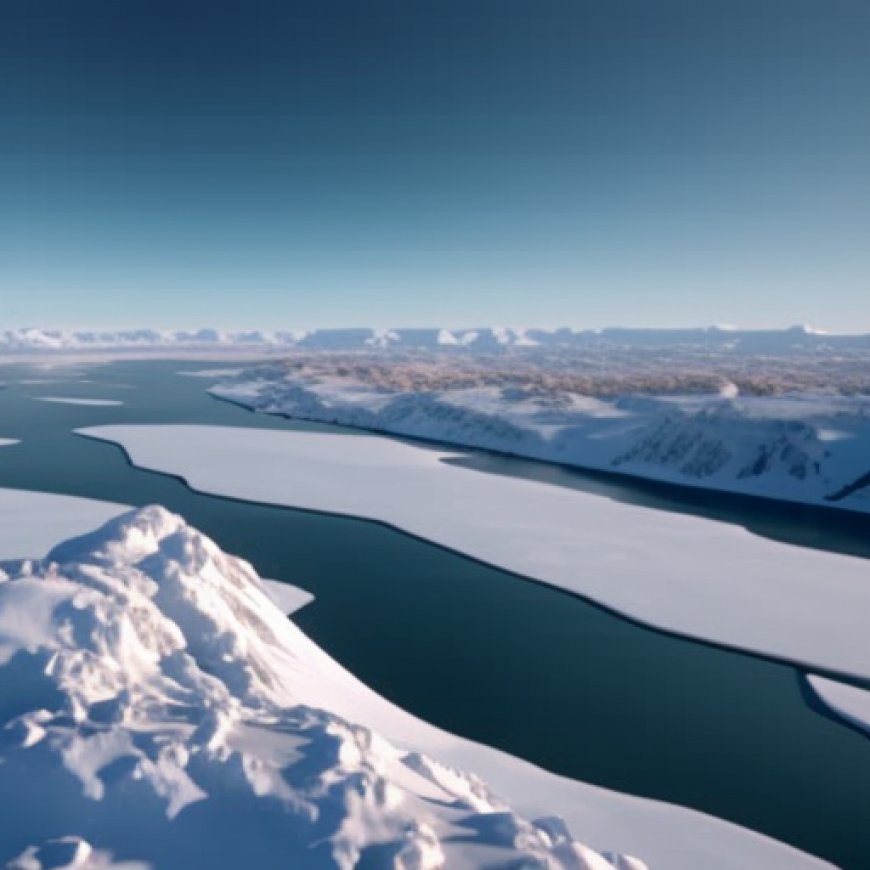Arctic rivers face big changes with warming climate, permafrost thaw and accelerating water cycle • Alaska Beacon
Arctic rivers face big changes with warming climate, permafrost thaw and accelerating water cycle • Alaska Beacon Alaska Beacon

![]()
As the Arctic warms, its mighty rivers are changing in ways that could have vast consequences – not only for the Arctic region but for the world.
Rivers represent the land branch of the earth’s hydrological cycle. As rain and snow fall, rivers transport freshwater runoff along with dissolved organic and particulate materials, including carbon, to coastal areas. With the Arctic now warming nearly four times faster than the rest of the world, the region is seeing more precipitation and the permafrost is thawing, leading to stronger river flows.

(NOAA Arctic Report Card image)
Thawing permafrost: Big changes in Arctic soils
Permafrost thaw is one of the most consequential changes that the Arctic is experiencing as temperatures rise.
Permafrost is soil that has been frozen for at least two years and often for millennia. It covers approximately 8.8 million square miles (about 22.8 million square kilometers) in Earth’s Northern Hemisphere, but that area is shrinking as the permafrost thaws.

(Photo by Brandt Meixell/USGS)
Historically, most water going into Arctic rivers flows atop frozen permafrost soils in spring. Scientists call this “overland runoff.”
However, our results suggest that as warming continues, an increasing fraction of annual river flow will come from under the surface, through thawed soils in the degrading permafrost. As the overall flow increases with more precipitation, as much as 30% more of it could be moving underground by the end of this century as subsurface pathways expand.
When water flows through soil, it picks up different chemicals and metals. As a result, water coming into rivers will likely have a different chemical character. For example, it may carry more nutrients and dissolved carbon that can affect coastal zones and the global climate. The fate of that mobilized carbon is an active area of study.
More carbon in river water could end up “outgassed” upon reaching placid coastal waters, increasing the amount of carbon dioxide released into the atmosphere, which further drives climate warming. The thaw is also revealing other nasty surprises, such as the emergence of long-frozen viruses.
More rain and snow, more runoff
The Arctic’s water cycle is also ramping up as temperatures rise, meaning more precipitation, evaporation, plant transpiration and river discharge. This is primarily due to a warmer atmosphere’s inherent ability to hold more moisture. It’s the same reason that bigger snowstorms are occurring as the climate warms.
Our study found that the bulk of the additional precipitation will occur across far northern parts of the Arctic basin. As sea ice disappears in a warming climate, computer models agree that a more open Arctic Ocean will feed more water to the atmosphere, where it will be transported to adjacent land areas to fall as precipitation.
 alaskabeacon.com
alaskabeacon.com

Join us, as fellow seekers of change, on a transformative journey at https://sdgtalks.ai/welcome, where you can become a member and actively contribute to shaping a brighter future.







